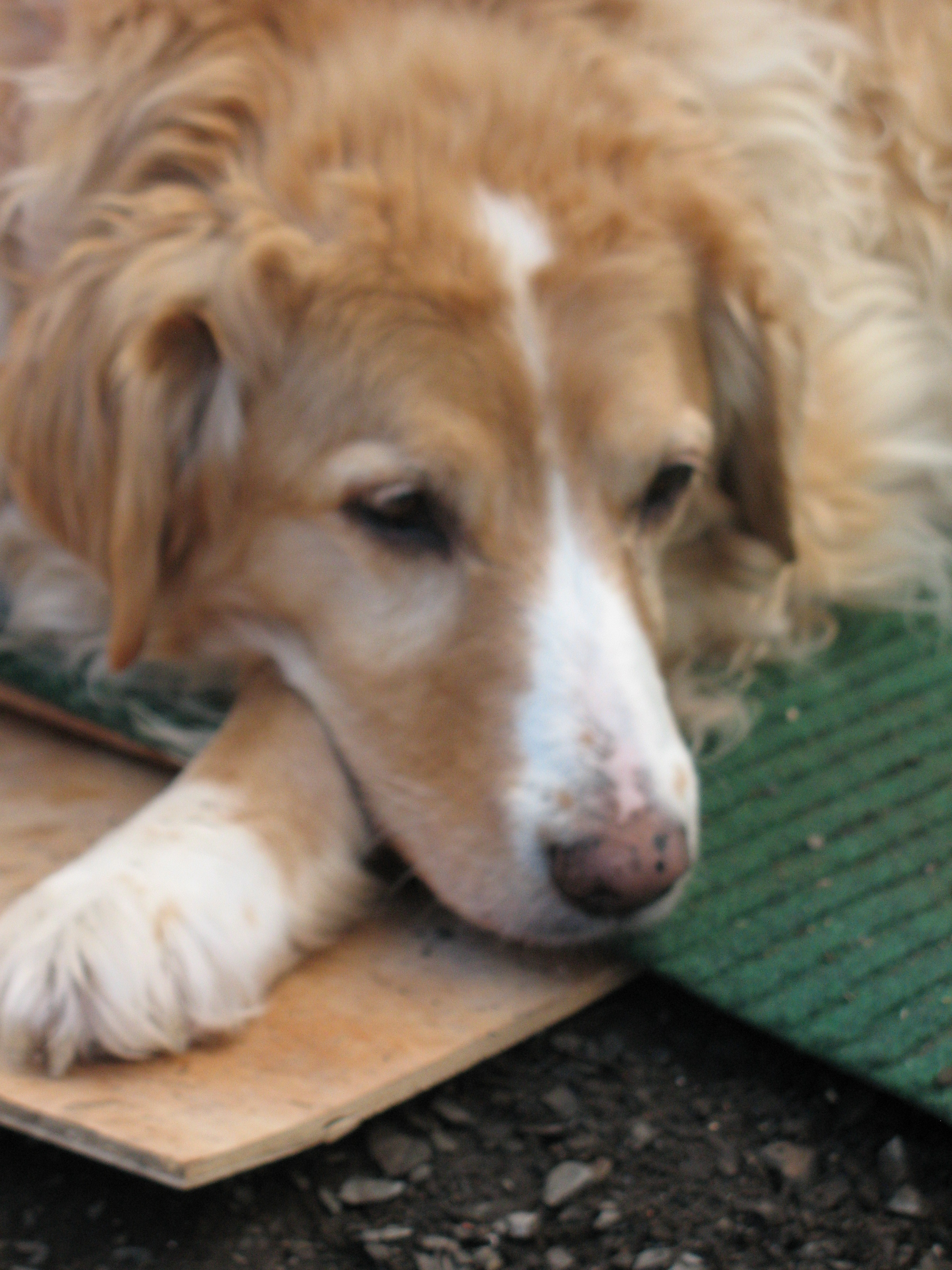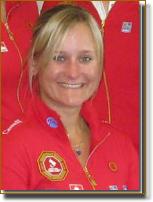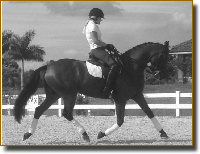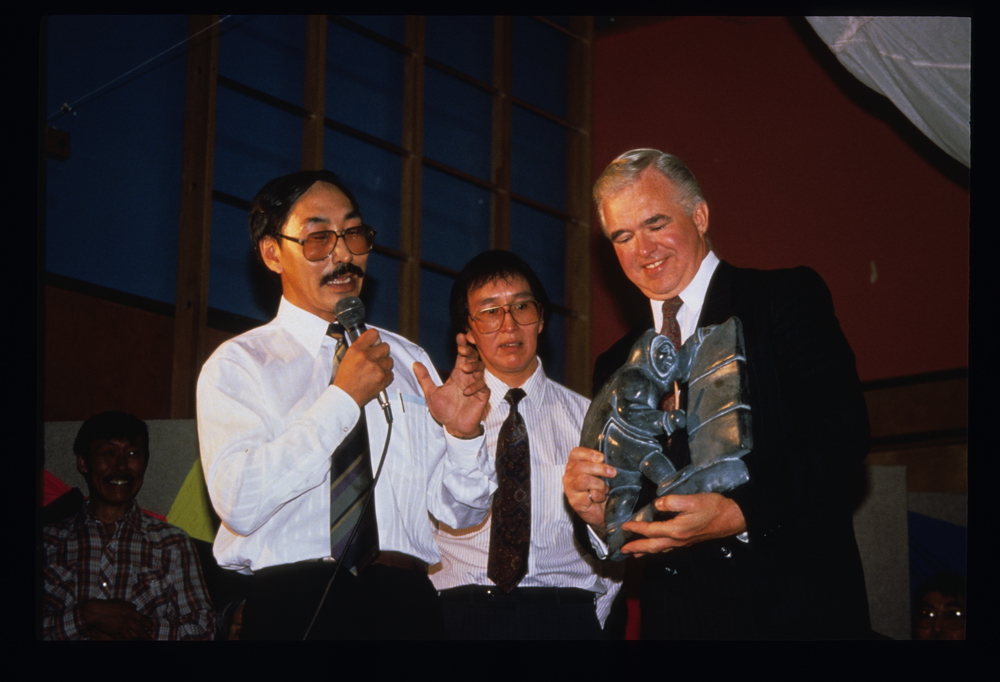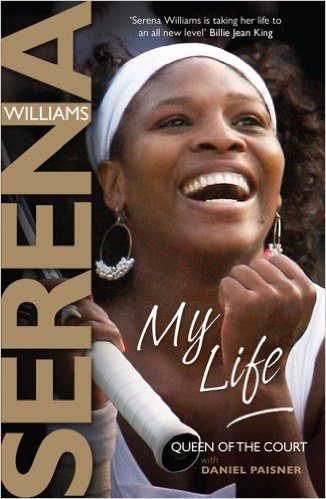
Linda and I were still at the table in our sun room after breakfast last week when a firm knock on the front door surprised us. It was Barry, our next door neighbour. Visits from him are a rarity, so we knew intuitively something of importance had prompted him to come. The January air carried a distinct chill and he was wearing a parka with the hood up. I invited him in but he declined.
“I just came to tell you I’ve arranged for Silk to be put down today,” he said. His voice became raspy and he put a hand to his throat as though to help him speak. I could see this was an extremely difficult message for him to deliver. I again invited him in, but once more he declined. “I thought you might want to come and see her,” he said, “before I take her to the vet.”
He paused and momentarily turned away to look toward his yard, possibly hoping to catch a glimpse of the dog. Then, still in the clutches of an emotional moment, he suggested “maybe you could take a picture of her for the blog. After all, she was sort of a community dog.”
“ I’ll get a jacket on and come over immediately” I said. A few minutes later Linda and I approached the gate to Barry and Sharon’s high wood fence and were accosted by their two black Bernese Mountain dogs, barking and wagging their tails vigorously. Silk, a partial Golden Retriever hobbled toward us, obviously uncomfortable but wanting to be part of this social event.
Although age and failing health had robbed her of her former robust vitality, and weakened hind quarters caused her movements to be laboured, her face retained an elegant beauty. She had not lost her desire to be in the company of friends.
For years, we had frequently observed Silk purposely wandering around town, alert for a rabbit to harass or a human to give her a few strokes. She had arrived in Hedley with the Nimchuk family. They had acquired her fourteen years ago as a 5 month old pup when they still lived on a 10 acre property, where she had freedom to explore. Not having a fence and not wanting to curtail her love of roaming and meeting people, they had allowed her to patrol the town. She had offered friendship to everyone she met, and many of us had gladly given her the strokes she craved. Silk enjoyed people and people enjoyed her.
Now, while he was attempting to keep the two younger dogs away, Barry told us how Silk had attached herself to him and Sharon, and their dogs. “Eight years ago she got a paw caught in the wire fence I had at that time”, he said. “I freed her and she began hanging around and spending time with us and our dogs”. The Nimchuks recognized that she was at ease and happy with them. Silk gradually became part of the family, and we frequently saw Barry and the three dogs departing for a trek early in the morning. It was evident that Silk felt accepted.
Silk occasionally visited the Nimchuks. Ayrelea, one of their daughters, at times took her for a walk. On such occasions she usually groomed and hand fed her.
I snapped a few photos of Silk. She stood quietly, as though understanding these pictures would provide her family and many friends with a means to remember her. Then she lay down, obviously having exhausted her meagre reserves of energy and strength. Calm and unmoving, she watched the two younger dogs capering about the yard. Possibly age had given her the understanding this time would come and she was facing it with dignity and a sense of deep inner equanimity.
Doug and Michelle Nimchuk and their four children arrived to bid Silk a sad farewell. They wanted to take her for one last walk around the block. She was eager and her spirit was willing, but her hind quarters would not support her.
When the time of her departure drew near, Barry lovingly and gently placed Silk in his van for her final ride. She was truly a lady of distinction. The town has lost a faithful friend.


